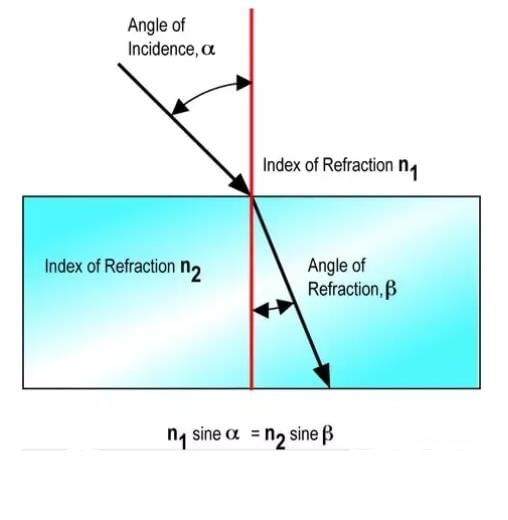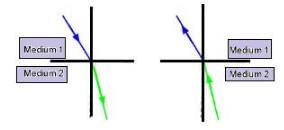Test: Refraction by Plane Surfaces - JEE MCQ
10 Questions MCQ Test - Test: Refraction by Plane Surfaces
Just before setting, the sun may appear to be elliptical. This happens due to:
Bending effect of light as it passes from one transparent material into other is known as
An air bubble in glass slab (μ=1.5) from one side is 6 cm and from other side is 4 cm. The thickness of glass slab is :
A microscope is focused on an ink mark on the top of a table. If we place a glass slab 3cm thick on it, how should the microscope be moved to focus the ink spot again? The refractive index of glass slab is 1.5 cm.
Can absolute value of refractive index be less than unity?
A ray of light passes through a plane glass slab of thickness t and refractive index μ = 1.5. The angle between the incident ray and emergent ray will be:
When light undergoes refraction, the wavelength
Due to _______ the depth of an optically denser medium appears to be _______ than its real depth.
















